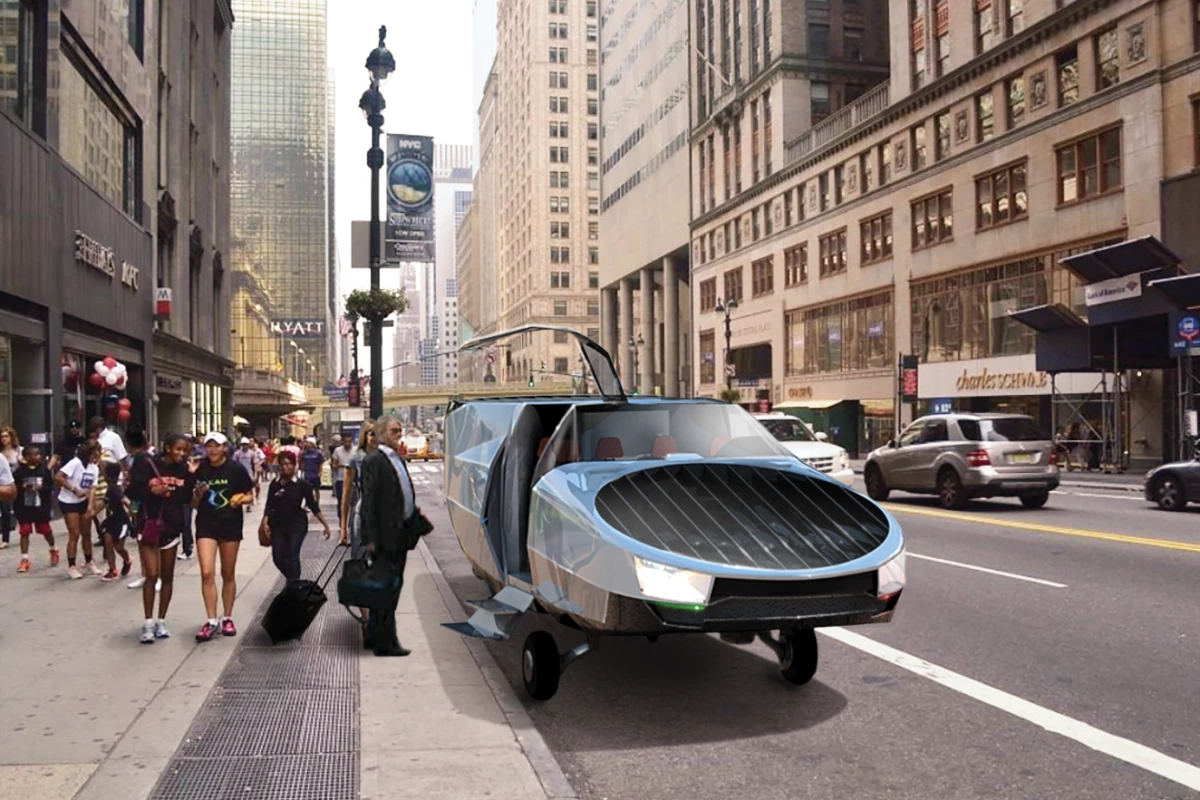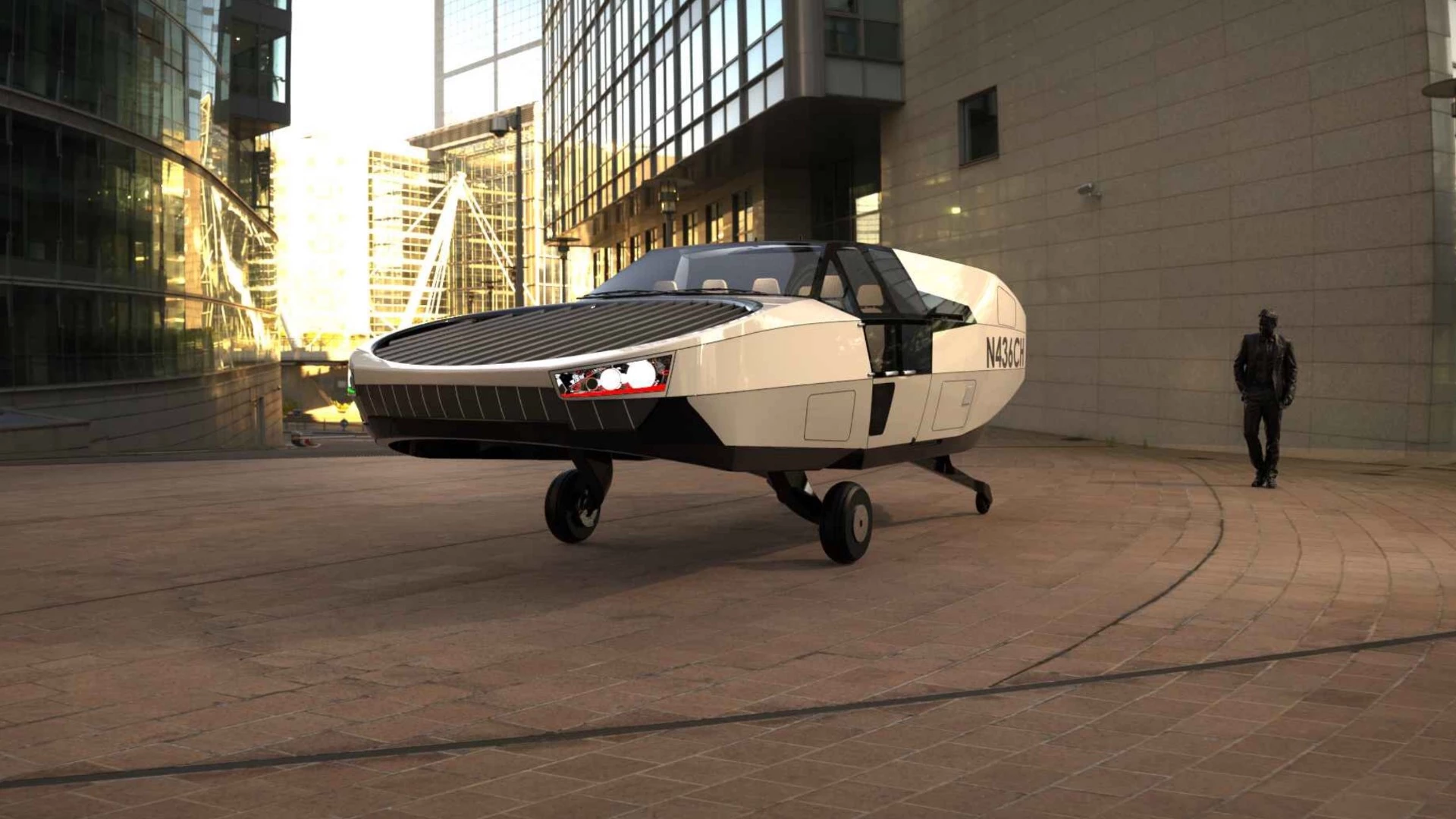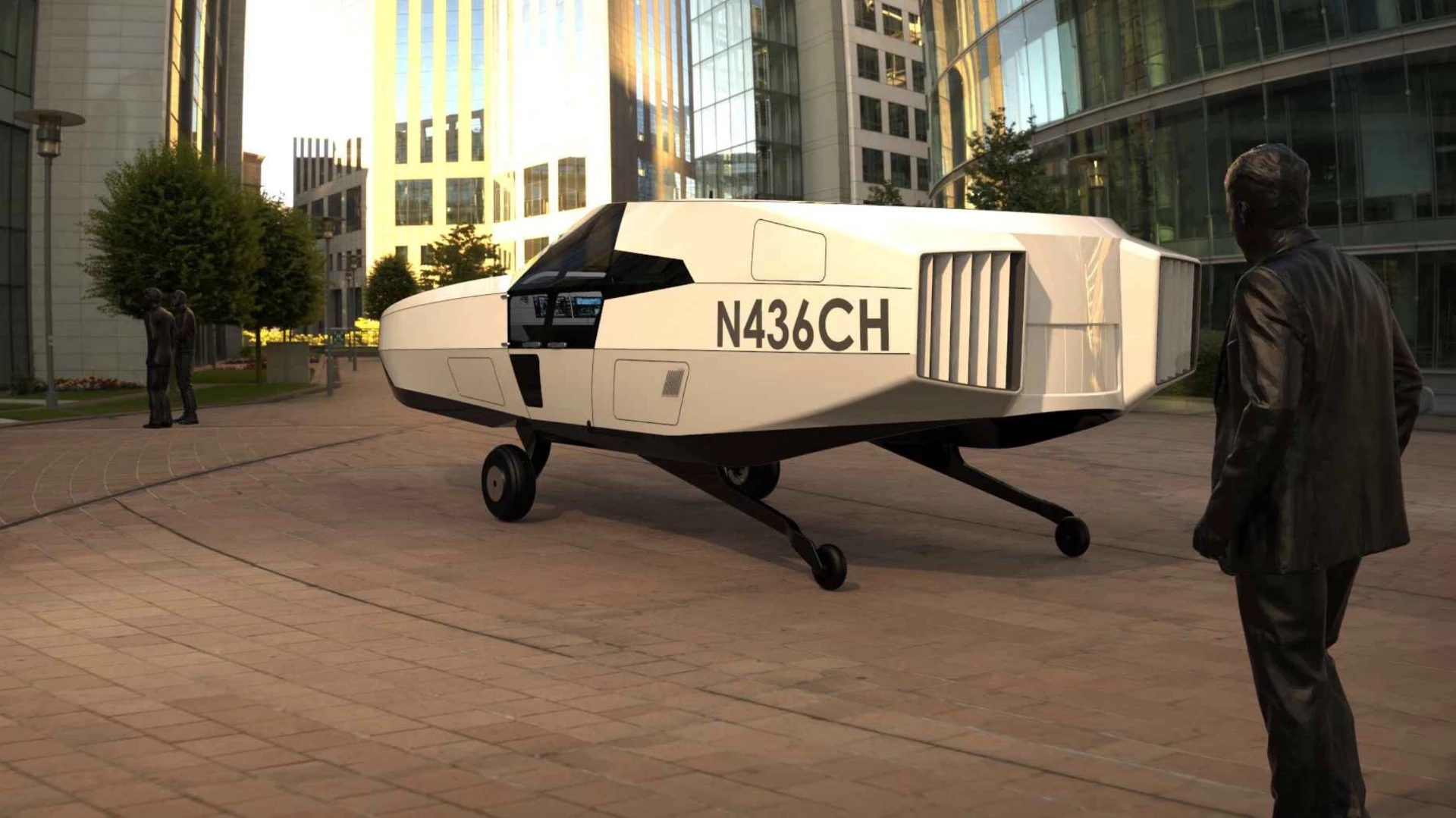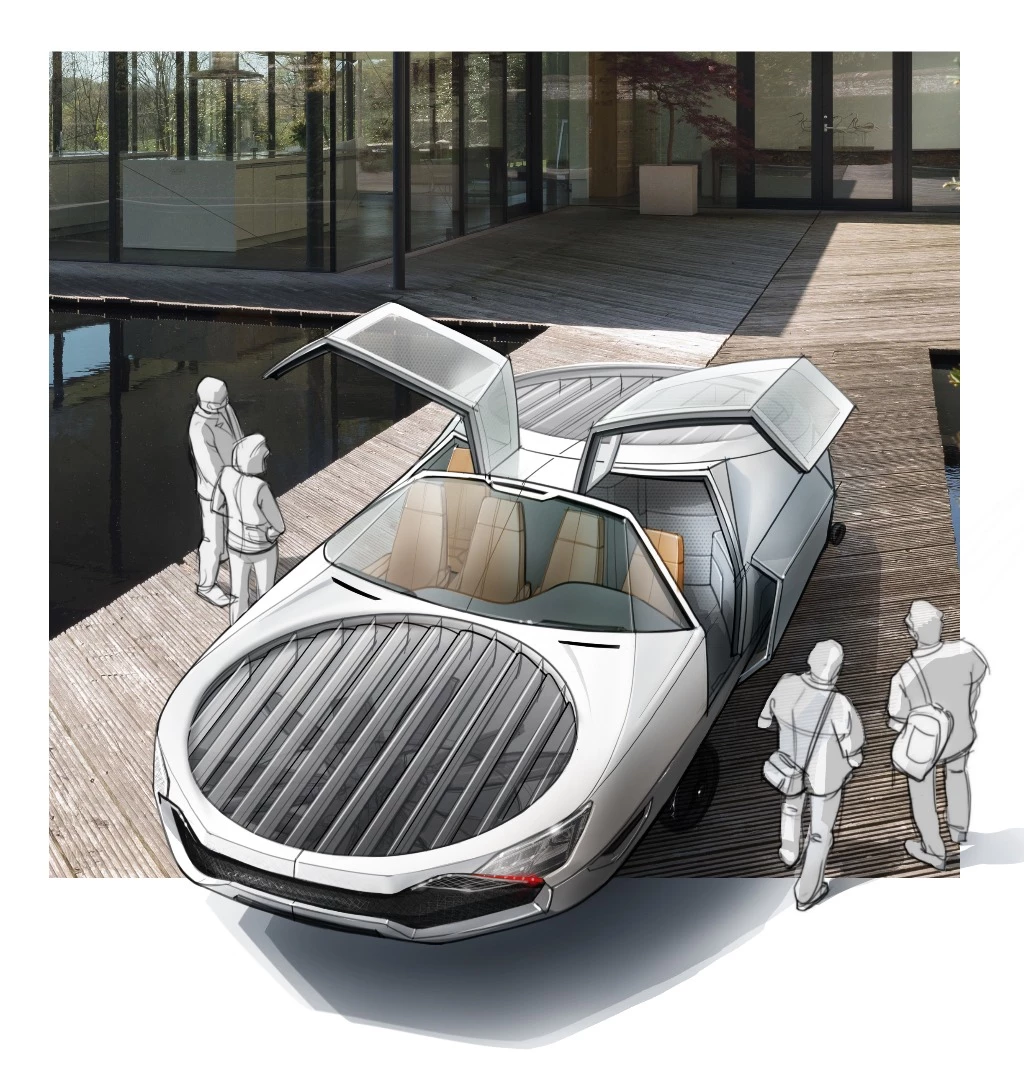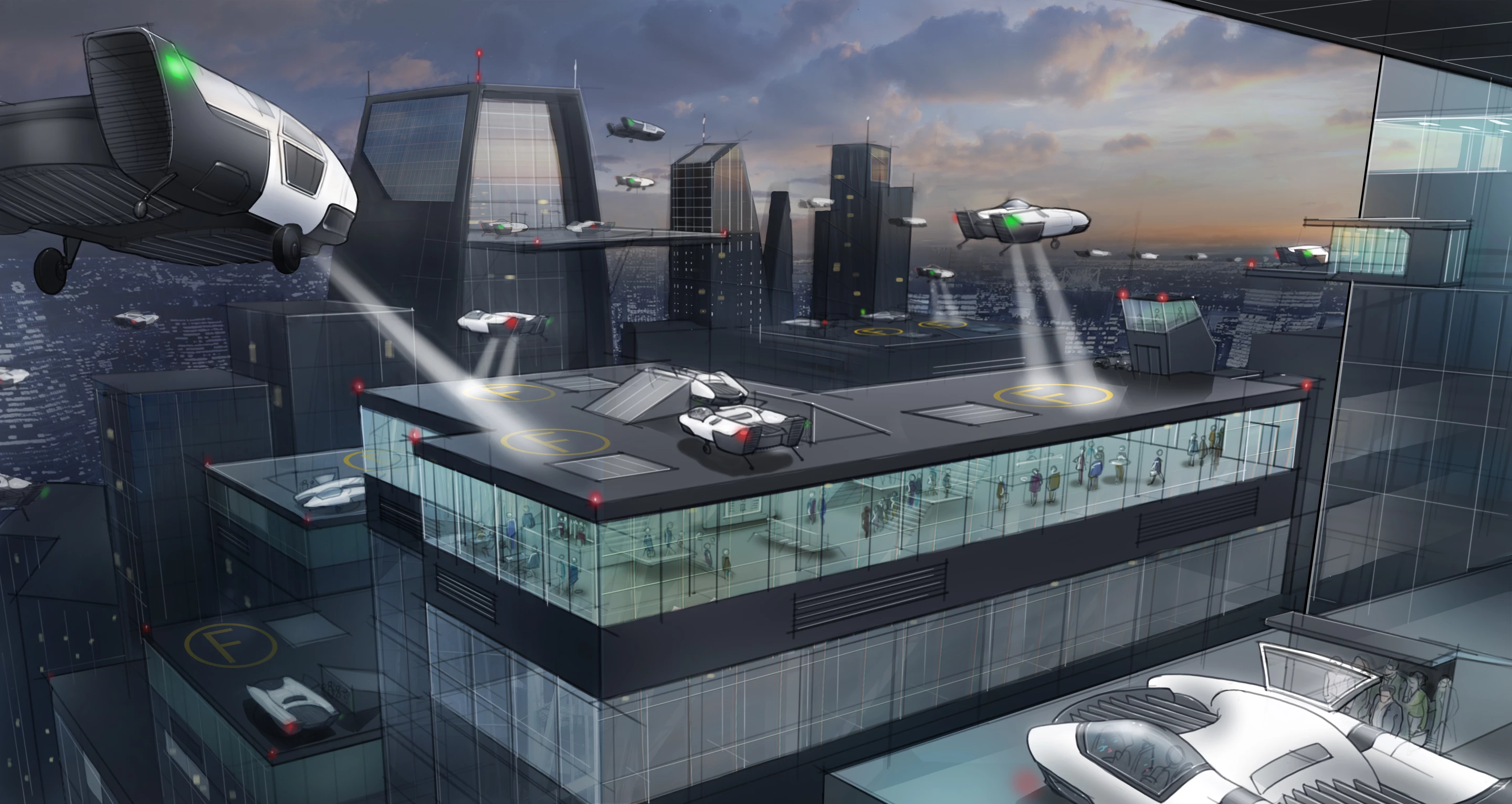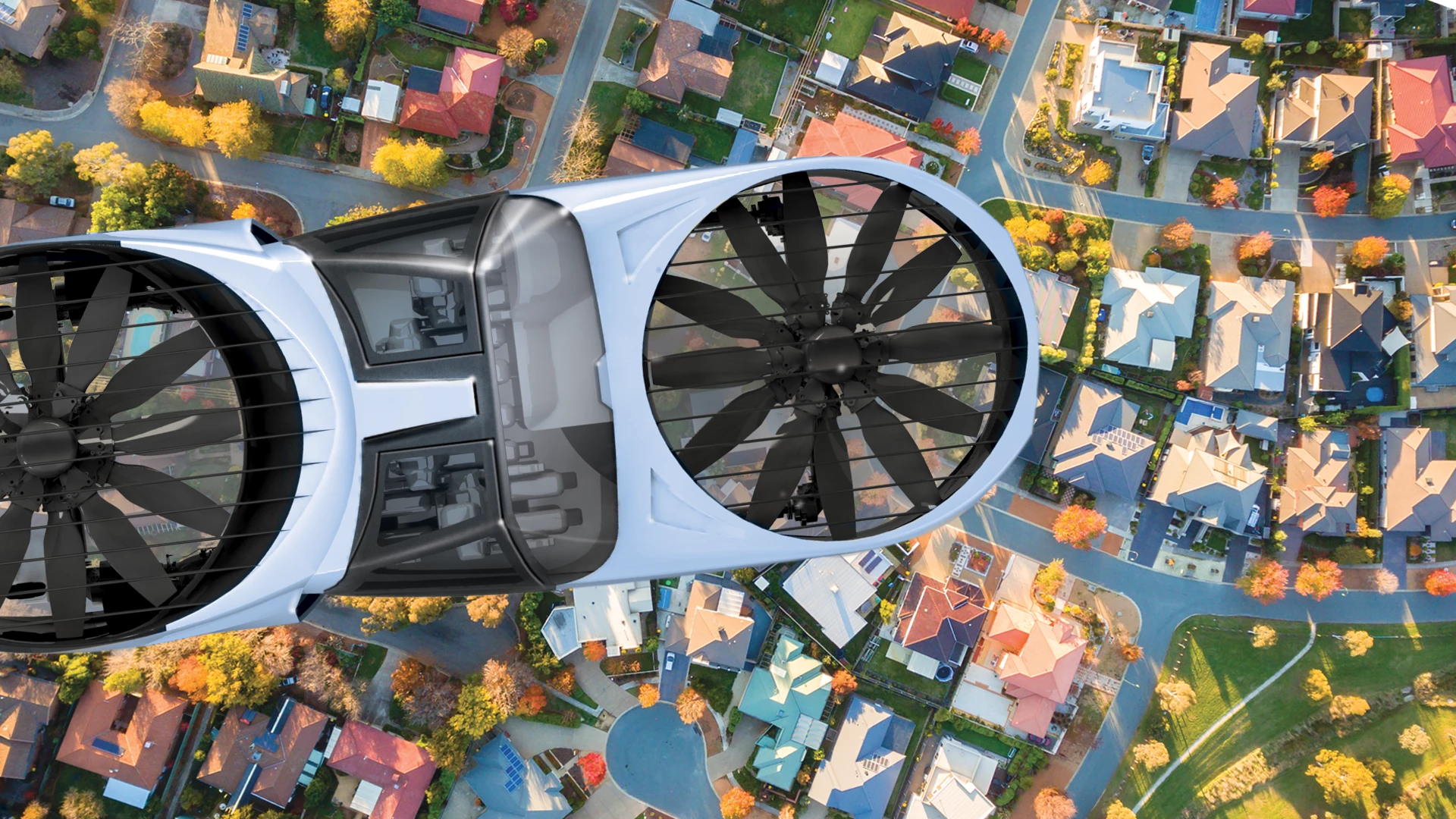Israel's Urban Aeronautics (UA) has announced it's going into full-scale development of its CityHawk VTOL flying car. The first manned flights of this hybrid-powered, 170 mph six-seater will take place in 2021-22, after which it'll be converted to run on hydrogen fuel cells.
Unlike many flying car designs we've seen in recent years, the CityHawk doesn't use any kind of winged flight option to help increase its efficiency over a longer range. Instead, it's lifted full-time by a large pair of contra-rotating props at the front and rear of the vehicle, which will initially be powered by a pair of 1,000-horsepower turboshaft engines. These engines are also connected to electric generators, which charge up batteries to power twin thruster props on the back for forward motion.
The configuration is similar to the unmanned Cormorant/AirMule aircraft that UA has been testing for a number of years now. That airframe has completed more than 250 test flights to date.
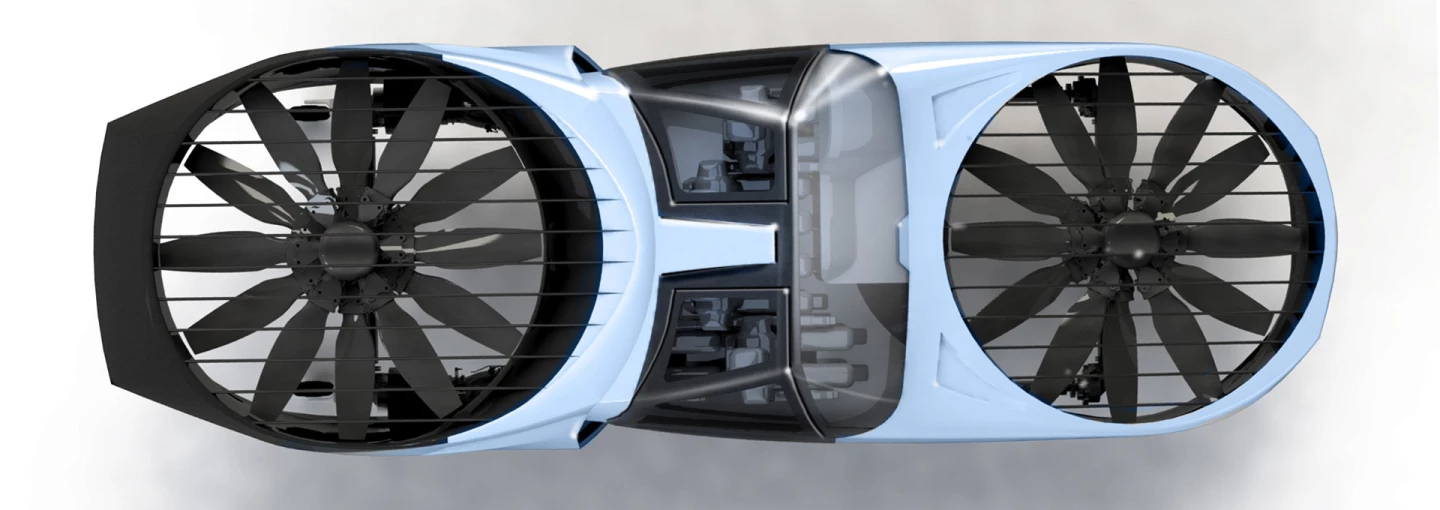
The CityHawk is designed to meet FAA regulations as a twin-engine helicopter – but it carries some significant advantages, notably its car-sized footprint, its completely enclosed propellers and its much quieter operation. UA claims the CityHawk's prop noise will blend in with regular traffic by the time it's a block away, where you can often hear a helicopter from a couple of miles' distance.
Once it's built and certified, the next step will be to convert the CityHawk to green power. Battery energy density isn't high enough to get a useful range yet, so UA is planning to go with hydrogen fuel cells. We'll let them figure out how to get that cranky stuff piped to wherever it's needed for refueling.
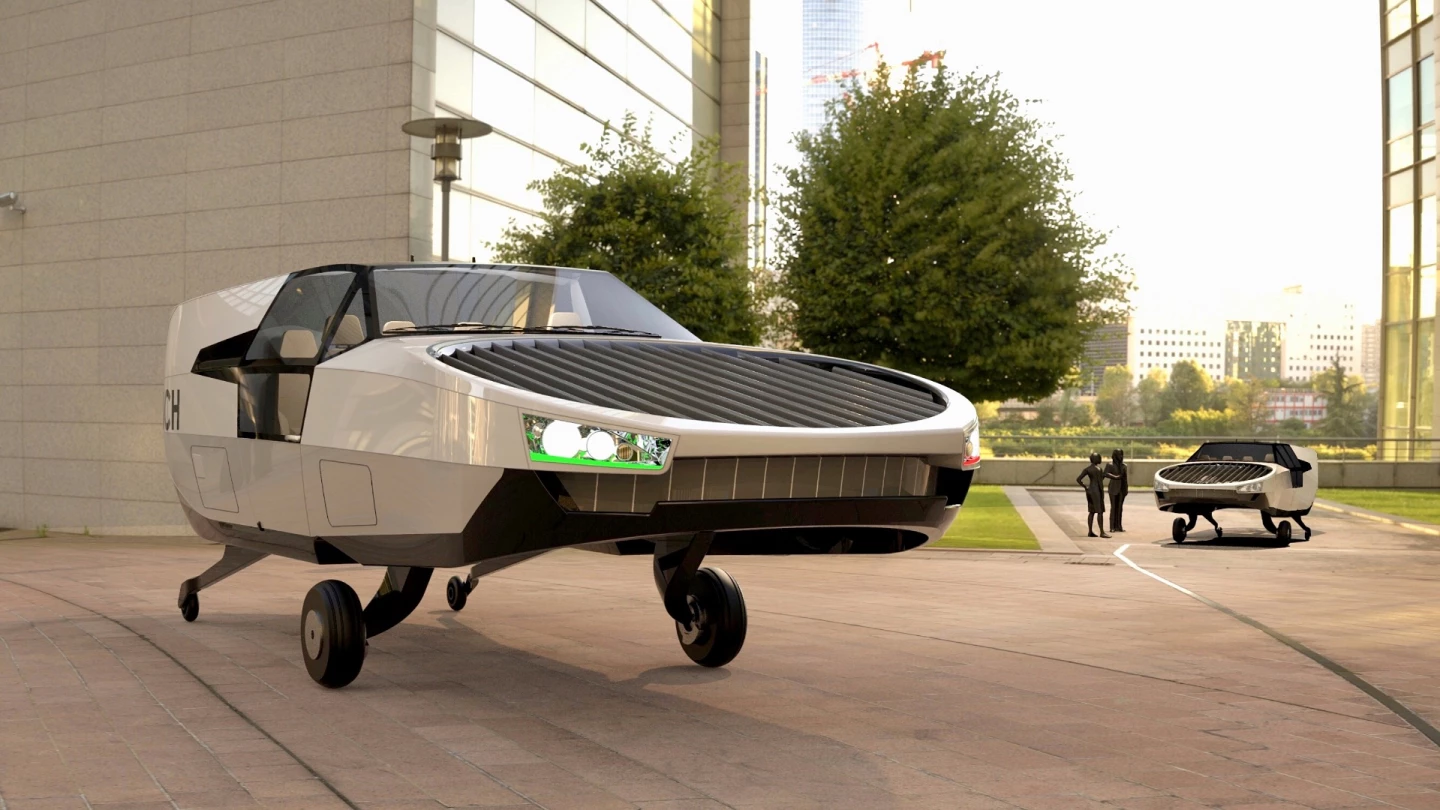
Safety, says UA, is handled with the addition of a ballistic parachute. We're not so sure. Even the most advanced ballistic chutes take time to open, meaning that any aircraft without wings, or a huge rotor and the ability to auto-rotate, will have a "death zone" to contend with between, say, 20 and 100 feet from the ground in which ballistic 'chutes will be no help.
We're aware of some advances in this area, and will bring you news once they're ready for the light of day. This kind of death zone safety issue has to be sorted out before we'll see manned flying cars, jetpacks, jetboards or jet suits taking off in a mass sense.
Source: Urban Aeronautics/Metro Skyways
